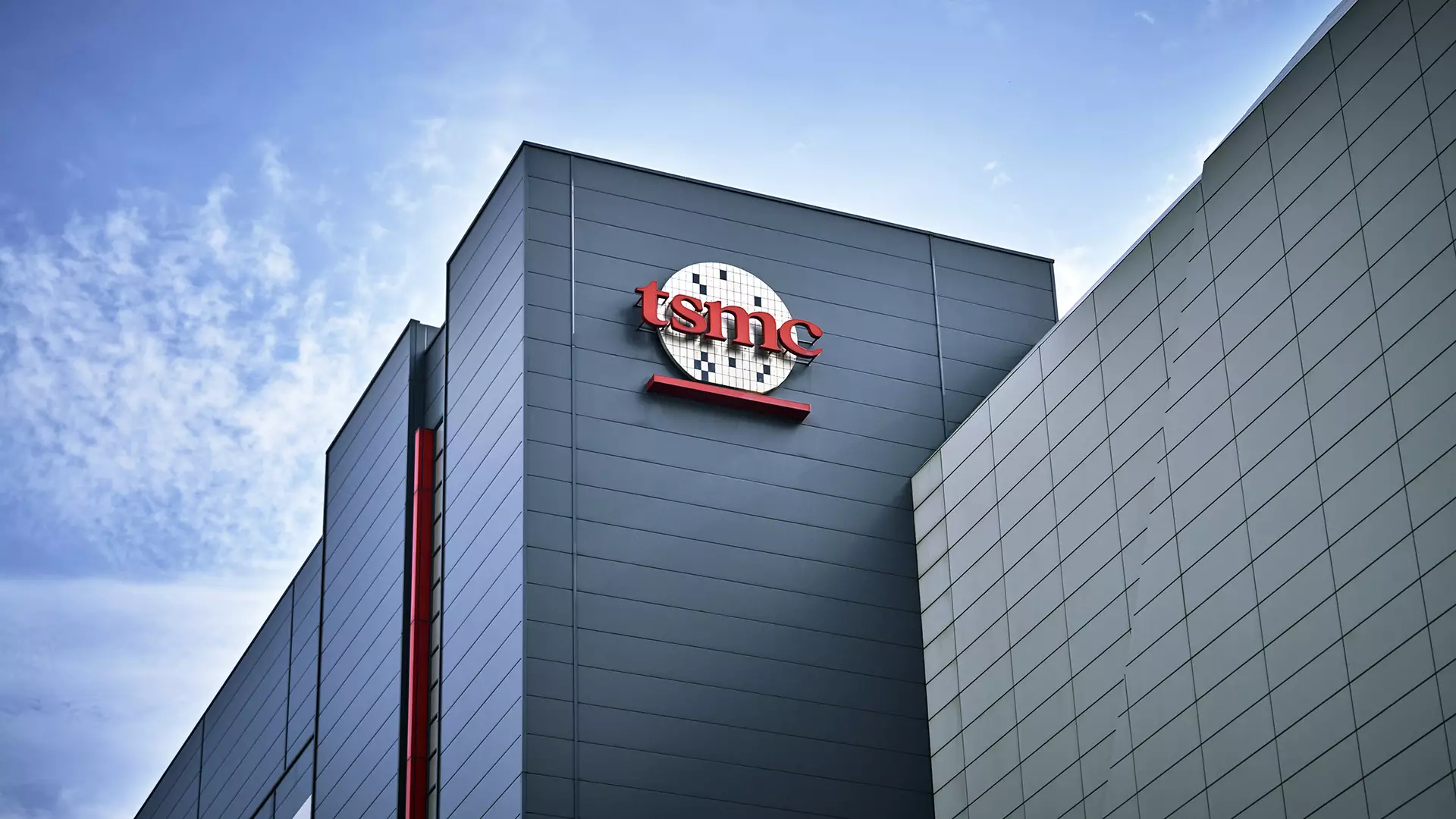Semiconductors have become the backbone of modern innovation, and the Taiwan Semiconductor Manufacturing Company (TSMC) stands at the forefront of this technological revolution. With a commanding 70% share of the global contract chip manufacturing market and an estimated contribution of 8% to Taiwan’s GDP, TSMC’s influence extends far beyond its borders. Its cutting-edge fabrication processes are instrumental in meeting the relentless demand for more powerful, efficient chips from industry giants like AMD, Nvidia, Apple, and Intel. The company’s dominance isn’t merely a matter of commercial success; it represents a strategic linchpin in the global supply chain for electronics, computing, and digital infrastructure.
The company’s continuous push towards advanced process nodes—like the upcoming N2—embodies the relentless technological race. With each new generation, TSMC enhances transistors’ density, power efficiency, and overall performance capabilities. This progression directly influences the competitiveness of global tech giants striving to deliver innovative products. For example, improvements in SRAM density and transistor counts underpin faster, more efficient GPUs, CPUs, and mobile chips, shaping the future of everything from smartphones to supercomputers.
The Shadow of Corporate Espionage in High-Tech Sectors
However, this delicate technological ecosystem is not immune to threats. The recent case involving TSMC highlights the peril posed by intellectual property (IP) theft within such high-stakes environments. When rumors of employees siphoning off sensitive process data surfaced, the Taiwanese authorities responded swiftly—arresting multiple individuals—including current and former employees—accused of attempting to illegally acquire national trade secrets. These actions underscore the severity with which Taiwan’s legal system treats IP theft, especially when national security and economic survival are at stake.
In the realm of semiconductors, even minor leaks can give competitors a significant advantage. Details about process nodes like N2, which promises improvements in power efficiency and SRAM density, are highly sought after. Such information, if obtained clandestinely, could accelerate a rival’s development cycle, undermining TSMC’s technological lead. The potential for technologically motivated espionage extends beyond corporate rivalry, raising concerns about state-sponsored attempts to access geopolitical advantages in the global tech landscape.
This case exposes how sensitive the industry is to the theft of proprietary processes. The maximum penalties—up to 12 years in prison and multimillion-dollar fines—highlight the gravity of these crimes. In sectors where intellectual property equates to billions of dollars in value, such aggressive legal responses are justified, emphasizing the importance of safeguarding innovation in national interest.
Implications for the Future of Semiconductor Security
Looking ahead, the implications of this incident reveal the fragile balance between innovation and security. Semiconductor companies like TSMC are under constant pressure to maintain technological superiority, which often hinges on securing their advanced process nodes from espionage. As process nodes become more refined and competitive, the incentive for stealing sensitive data escalates, pushing companies to bolster their internal security and vet their personnel more stringently.
Moreover, governments and industry leaders must recognize that the competitive landscape is not just about technological leadership but also about protecting their strategic assets from emerging threats. The intersection of corporate espionage, national security, and economic stability makes the safeguarding of IP a critical concern. Legal mechanisms, international cooperation, and technological safeguards must evolve in tandem to prevent future breaches.
What’s even more concerning is how the commodification of stolen IP can destabilize the global semiconductor ecosystem, where geopolitical conflicts often overlap with business rivalry. If access to cutting-edge process information becomes easier to obtain through illicit means, the entire landscape of innovation could shift towards instability. The TSMC case is a stark reminder that safeguarding technological secrets is paramount—not just for individual companies but for maintaining the integrity and security of the tech-driven world economy.
In a climate where technological supremacy confers immense power, the stakes are higher than ever. Innovation drives progress, but it also invites relentless threats from those who seek to steal what they cannot create. As the semiconductor industry hurtles forward into more advanced and complex manufacturing processes, the importance of resilience and vigilance becomes an indelible part of its future narrative.

